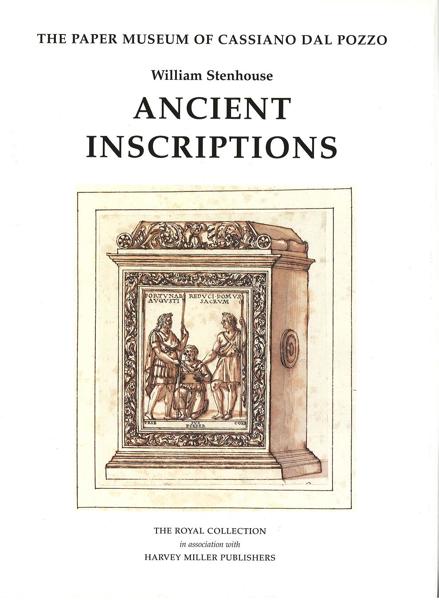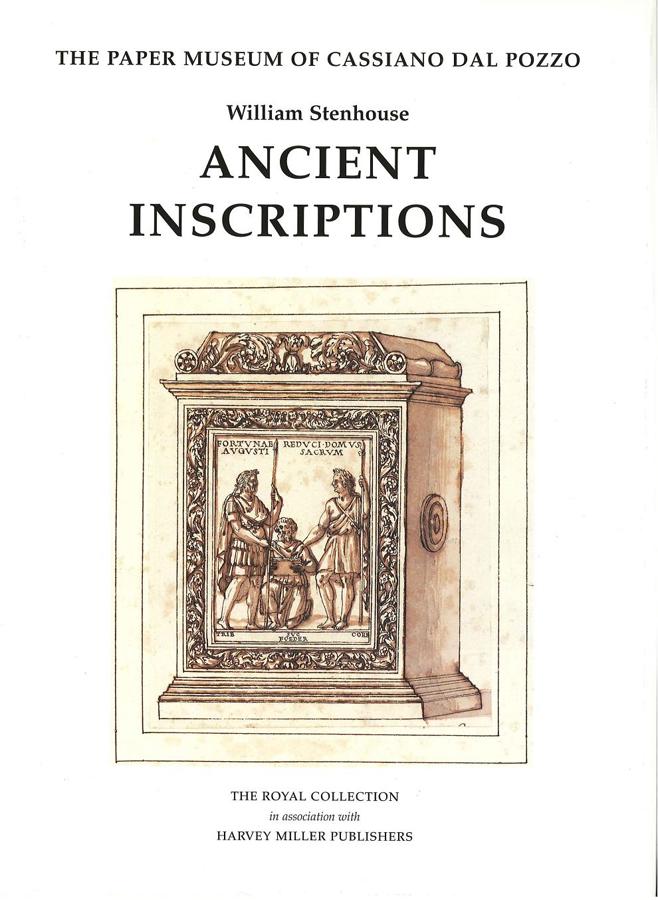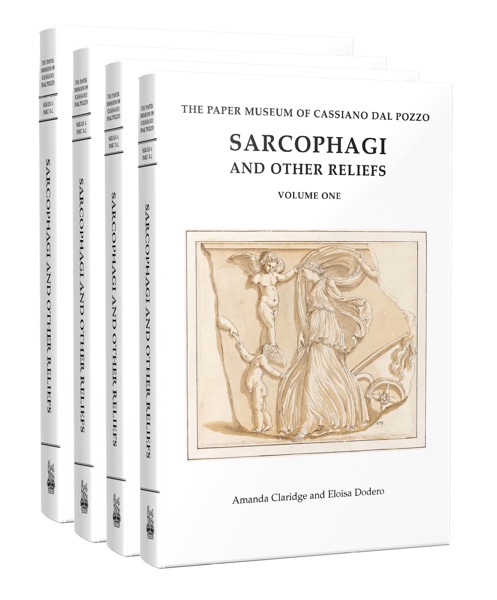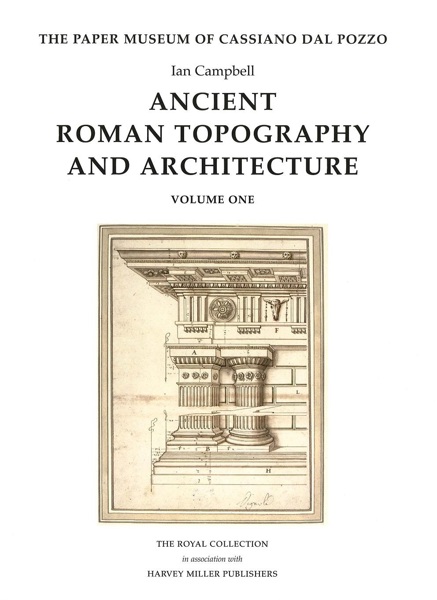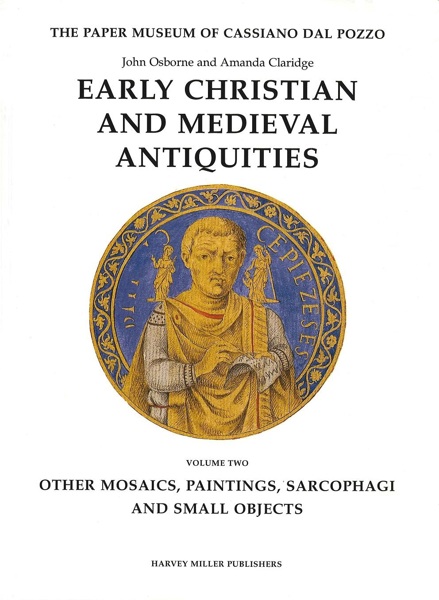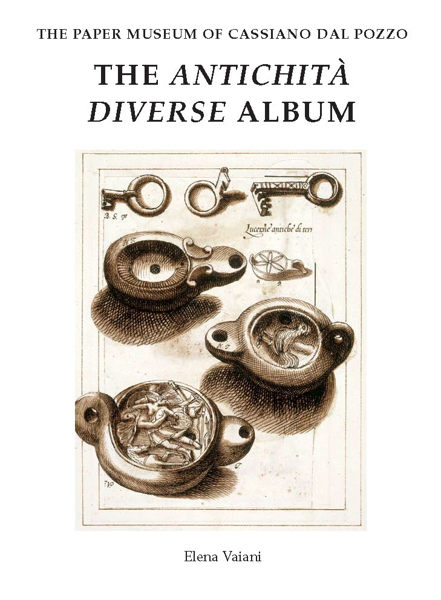
Ancient Inscriptions
William Stenhouse
- Pages: 439 p.
- Size:220 x 285 mm
- Illustrations:324 b/w, 23 col.
- Language(s):English
- Publication Year:2002
- € 115,00 EXCL. VAT RETAIL PRICE
- ISBN: 978-1-872501-45-1
- Hardback
- Available
" In all, this volume is an excellent and most useful contribution to epigraphic studies." (Brian Harvey in History and Culture vol. 92 (2006), p. 238-240)
"Stenhouse has produced a careful, judicious catalogue of most of the relevant epigraphic materials from Cassiano's collection and in the process has rendered the corpus not only accessible, but more importantly, comprehensible." (M. Koortbojian, in: Bryn Mawr Classical Review, 2004.12.26)
"An excellent and most useful contribution to epigraphic studies … The publication in this catalogue of both the text and the drawing allows the scholar to “read” the text as the ancient world would have: as a combination of visual and textual elements’ (Journal of Roman Studies)
"The high standards of commentaries and reproductions allow the reader to employ the catalogue both as a monograph and a reference book… A major contribution that will shed an enduring light on the interest in ancient inscriptions of the dal Pozzo brothers." (Antiquaries Journal)
William Stenhouse is Professor of History at Yeshiva University, New York, with a particular interest in the reception of Greek and Roman material remains (ruins, coins, inscriptions) in the early modern period. He was Associate Research Fellow at the Italian Academy for Advanced Studies in America, Columbia University, and Adjunct Professor of History at Macalester College, Minnesota.
